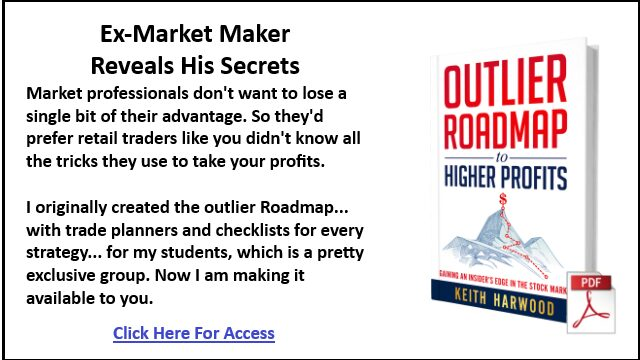by Jea Yu
Options usually price in 2.50 increments up to $50, and then move in $5 increments – most of the time. However, the very thick liquid stocks and index options can price in $1 increments. These levels are called strike prices. Equity options expire on the third Friday of every month. The options markets close a few minutes after the equities markets.
Call options expect the underlying stock price to move above the chosen strike price level and are considered bullish. Put options expect the underlying stock price to fall below the chosen strike price level and are considered bearish. When the underlying stock price is trading above the strike price for a call or below the strike price for a put, that option is considered to be in-the-money. The further beyond the strike price the underlying security is trading, the deeper the option is in-the-money. The deeper an option is in-the-money, the more the intrinsic value takes precedence over the volatility and time premium. Deep in-the-money calls should be used strictly when playing the underlying stock price movement for the purpose of leverage. By eliminating the time and volatility premiums, the house edge is severely diminished.
INTRINSIC VALUE
The intrinsic value is the value of the option based solely on the difference between the underlying stock price and the strike price. For example, if MSFT is trading at $20.05, the intrinsic value of a 20 call is 0.05 since the stock is only trading 0.05 above the strike price of that call option. If MSFT is trading at $19.90, a 20 call is technically worth zero since it is trading under the $20 strike price. However, the option may have some value depending on the two other components.
TIME PREMIUM
Know that options expire on the third Friday of every month with an average of 20 trading days in between expirations, you can quantify the time erosion pretty easily by subtracting the intrinsic value from the price and dividing the rest of the premium proportionately into 20 increments.
VOLATILITY PREMIUM
If a stock’s average trading range expands on heavier volume, then the volatility premium will start to kick in. Usually, volatility will rise going into important events such as earnings reports and FDA decisions. Knowing this ahead of time is a key factor in playing straight calls or puts, as often times the underlying stock price movement against the direction of your option can be offset simply because of the added volatility premium. On the flipside, if you buy an option the day before or the day of the critical news release, you have to be aware that you are paying a heavy premium that will evaporate the next day. This is where newbies can get massacred.

So many times a trader will think that a company will blow out its earnings, so they will buy calls in the stock the day before. To their shock, the stock may very well be trading higher and above the strike price, but the option will have dropped in value. For example, Little Timmy thinks YHOO will blow out their earnings (ha-ha) and he buys the July 20 calls for $1.20 when YHOO is trading at $19.85. YHOO miraculously blows out earnings and gaps up to $20.90 the next morning. To Timmy’s disappointment, his call options are trading at 0.90, even though the stock is a full dollar higher than it was when he bought the options. Welcome to the world of volatility premium. Premiums drop the day after the expected event in all cases. This is why it’s important to make sure that if you play strictly for underlying stock movement, it’s best to neutralize the volatility and time premiums by buying deep in-the-money calls. In Timmy’s case, he would have been better off buying the July 15 calls priced at $4.95, which were then trading at $5.95 after earnings. Of course, as much as this makes logical sense, the gambler in Timmy figures he won’t make as much money due to the lesser amount of contracts he could afford to buy. The greed over-rides logic.
On the flipside, when it is known that the volatility will rise starting five days or so before a company’s earnings release, astute traders tend to buy the out-of-the-money calls at this time with the sole intent of locking in profits before the earnings release. They are not gambling, but rather profiting off the gamblers.
DELTA
Delta is something to watch carefully. The delta is a number from 1 to 100 that tells you basically how much the option will move based on the underlying stock’s price. If the July 80 calls on AMZN have a delta of 25, that means the options generally will move 25 cents for every $1 move that the underlying AMZN stock moves, and vice versa on negative deltas. The delta will change based on the time and volatility premium as well, since it is not based solely on price. The delta will be a key factor to consider before taking an options trade.











Recent Comments